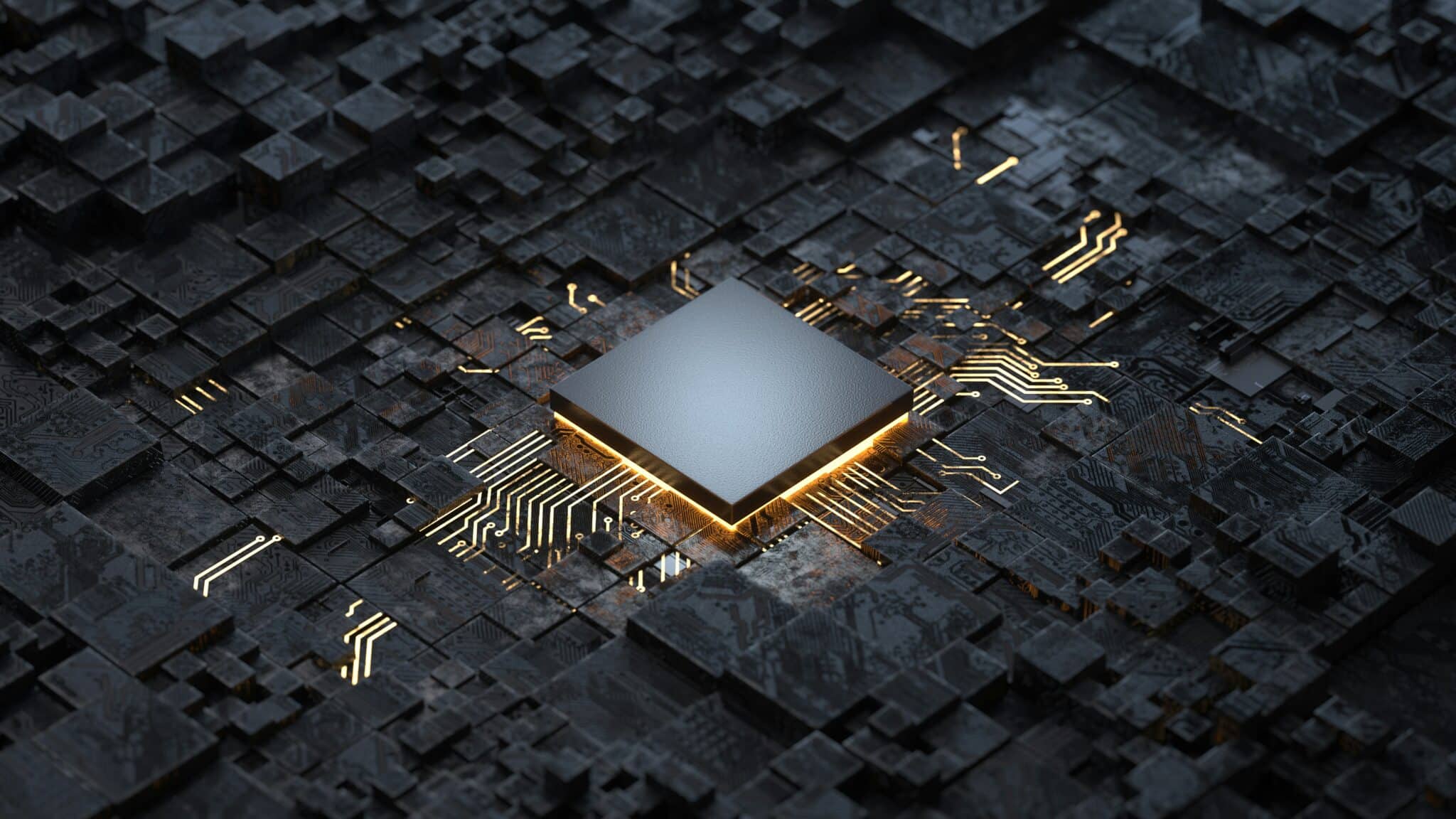OK, I know it’s not that hard being the most valuable company in the world…
But Nvidia had a rough week.
On Tuesday, the American chipmaker behind pretty much all the most advanced AI hardware announced that it expects to lose $5.5 billion (10%+ of its annual revenue) because of new, more stringent rules preventing it from selling its AI chips to Chinese companies.
One of its biggest competitors, AMD, says it’s going to lose nearly another billion for the same reason.
Where did all those billions go?
They were another casualty of the chip war.
You may have noticed that I love the intersection of economics, geopolitics and AI. So today, we’re doing a deep dive into a few big topics:
- What is so special about Nvidia’s chips?
- What suddenly changed that burned $6,000,000,000?
- How does this affect everyday users of AI?
Let’s go.
It all starts with video games
This is dear to my heart because my first successful business was a video game news and reviews website way back in 1999 – right around the time Nvidia was becoming a big deal.
The company, founded in 1993 at a California Denny’s, became a breakthrough hit in the late ’90s and early 2000s because it led the world in the creation of Graphics Processing Units, which are the chips that allow for good 3D graphics in video games. Nvidia’s chips were used in the Xbox, PlayStation 3 and Nintendo Switch, and are a staple in pretty much every gaming computer.
A graphics processing unit (GPU) is different from a standard computer chip (a central processing unit / CPU) because it does one thing really well:
- It turns 3D models into advanced math. For video games, this means sweet graphics.
So, Nvidia had been doing cool stuff for decades. But then computer programmers stumbled upon more use cases for GPUs.
The first new use case stems from the fact that GPUs can solve complex math problems, but use a lot of energy (electricity) to do so.
So, when the anonymous creator of Bitcoin wanted a way to limit the number of imaginary digital coins that could be minted, he(?) set up a system that would throttle the creation of new coins by forcing you to solve a mathematical riddle with your GPU first.
The result: with crypto mining, you could literally use GPUs to mint (theoretical) money. Your costs would come in the form of buying the hardware and paying for the electricity to operate it.
You probably know that I am a crypto skeptic, so I will not belabor the point too much, but I think this whole mining charade is a pretty big waste of everyone’s time, energy and money. However, it did result in the production and proliferation of a lot of GPUs, which eventually found their third (and much more productive) purpose.
Why AI and 3D video games are the same
The building blocks of an AI model are “tokens,” which are words or parts of words. (For example, “think” is a token, and “-ing” is also a token, and the two tokens can be connected to form the word “thinking.”)
Once you have tokens, you need to connect them in a way that helps your model understand how often they are associated with one another. The way you do this is with very advanced mathematics (linear algebra) that eventually forms vectors that connect every token to every other token.

To visualize this, imagine you’re standing out in a field looking up at the night sky. Every star is a token/word. Now, imagine a bunch of lines drawn from every star to every other star. With millions of stars, you’d have trillions and trillions of lines (vectors) connecting them. And from earth, this would look sort of like a giant 3D web of vectors.
Doing the math to connect all the tokens in all the languages for all the content in the world requires a lot of computing power. And GPUs – which were designed specifically for advanced multi-dimensional math for video games – are the perfect chips for the job.
This is how a video game company ended up at the cutting edge of AI, jockeying with Microsoft and Apple for the title of most valuable company in the world.
And it’s also where the government gets involved.
Why did the U.S. government cause Nvidia to lose $5.5 billion?
This week’s loss stems from a rule that was put in place during the Biden administration to prevent Nvidia from selling their most advanced chips to companies in China.
Since these chips can be used for military purposes, the U.S. wants to ensure that its companies are not exporting the best hardware to its geopolitical adversaries.
So when this rule went into place in 2023, Nvidia designed a new, less powerful chip, called the H20, with the express purpose of being able to sell it to China, since it wasn’t powerful enough to trigger the U.S. government’s restrictions.
That was a good plan until Tuesday, when the Trump administration strengthened the Biden administration’s restrictions and made selling the H20 to Chinese companies effectively illegal as well.
In other words, Nvidia made a bunch of less-good chips and now doesn’t have much to do with them.
That said, I love topics that generate bipartisan agreement, and “American companies should not sell advanced AI chips to China” is definitely one of those. ?
So, what changed?
First, DeepSeek. It’s an open-source model created by a Chinese hedge fund, it performs incredibly well compared to more expensive American and European counterparts, and it was trained using Nvidia H800 and H20 chips that were exported to China.
The DeepSeek breakthrough showed that exporting H20s, even though they were designed to be less powerful than other Nvidia chips, could still be a significant problem in the United States “losing the lead” in AI.
Second, the Trump administration is taking an even harder tack against China than the Biden administration. (Both have been much more focused on the threat from China than past presidents were.) Some of that is counterproductive, like high tariffs on textiles, but I think the general idea of limiting AI chip exports is sound policy.
The main complaint, of course, is that the government has pulled the rug out from under Nvidia, causing it to suddenly burn a bunch of money after promising that the H20s were OK to export.
Another way to say this is that tech leaders have been unpleasantly surprised by the first few months of the new administration – tariffs hurt Amazon, the Federal Trade Commission is suing Meta, and Nvidia is wasting billions. The common wisdom in the tech/business world was that Trump would be friendlier to these companies than Biden, but that has not really been the case so far.
That said, I think it’s better to be safe than sorry when exporting AI hardware. And it’s generally good that Biden and Trump both moved in that direction, even though this could be viewed as an unfair surprise to Nvidia.
How does this affect everyday AI?
Companies are investing a lot of money in Nvidia chips inside new, gigantic AI-focused datacenters. These are the chips that all the big companies use to train new models, and they are the chips that generate most of the AI output you use every day.
(Training, which takes place before the model is released, is more GPU-intensive. Inference, which is what happens when you ask a model a question and it gives you an answer, is less intense. The H20 was intentionally designed to be worse at training but still good at inference.)
So, the fortunes of Nvidia matter to us because they have major downstream effects on:
- How much new models cost to train
- How fast new models get released, and which companies are able to create them
- How much companies like OpenAI and Google can scale up their AI capacity
- How quickly AI usage can go mainstream
- How much we pay for subscriptions and tokens
The good news is that Nvidia is incredibly valuable with or without this $5.5 billion, so this is a slight detour in a long and successful rise for the company.
And, if you think Chinese companies (and by extension, the Chinese government) having less AI capacity is a good thing, it’s probably also a worthwhile sacrifice for a safer world. The potential downside will emerge if decisions like this encourage American chipmakers to move production out of the U.S. to avoid restrictions – but that doesn’t seem like a likely short-term outcome.
Want to dig deeper? The book Chip War is a good read.


